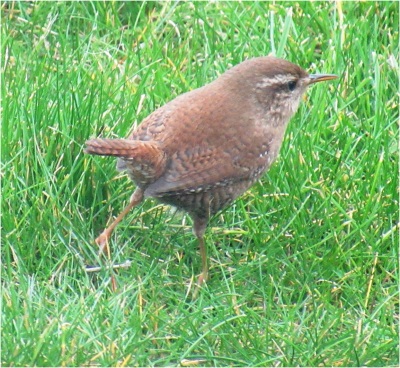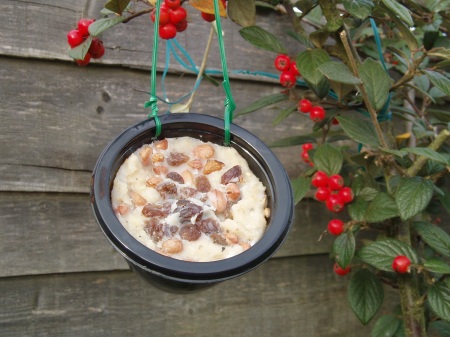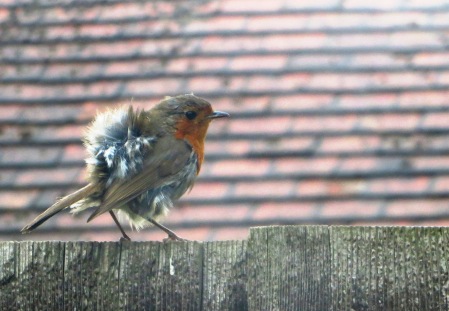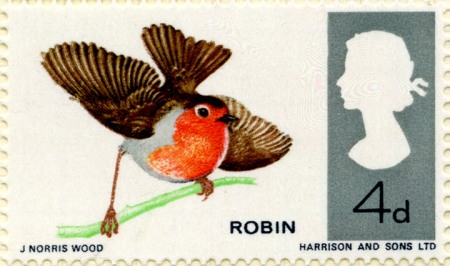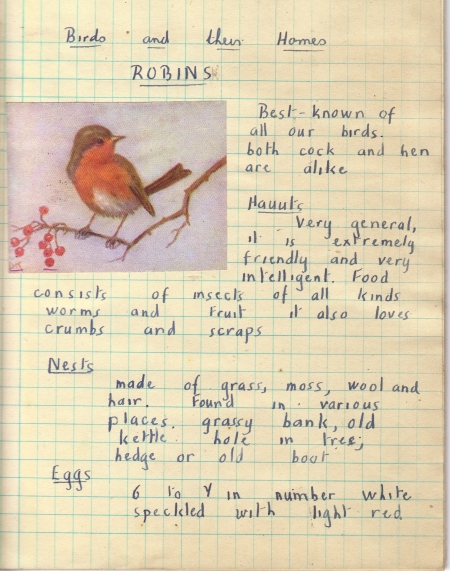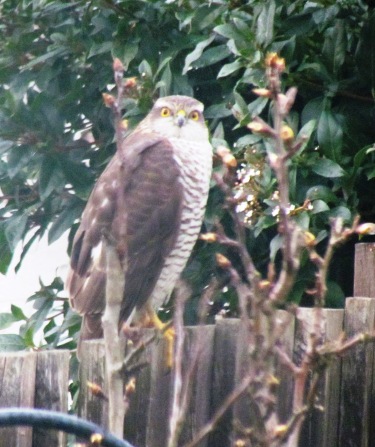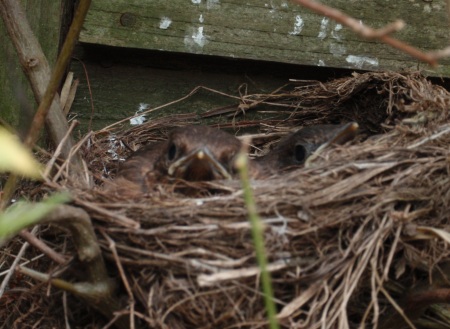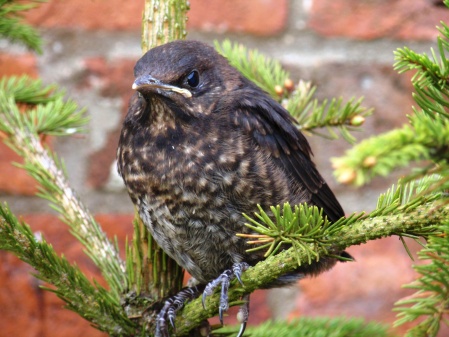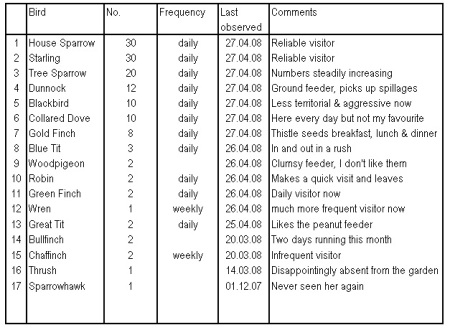
With its status as Britain’s favourite bird secure, the Robin cannot possibly be challenged for top spot (rather like Winston Churchill as the Greatest Briton) but coming second I would suggest is the sociable and friendly Blackbird.
Although the Robin is our favourite bird it has always been denied official National Bird status. Not so the Blackbird which, after a newspaper poll of readers in 1962 is honoured as the national bird of Sweden. Although many World countries have national birds this is the only one that I can find that has chosen a bird that I have found in my garden.
Many countries, especially in the tropics prefer colourful specimens like parrots, the French have the Cockerel, Australia has the Emu, New Zealand the Kiwi and the USA has the Bald Eagle and others too like to choose something spectacular and powerful. The most common national bird is the Golden Eagle which is claimed by Austria and Germany, Kazakhstan, Mexico and Scotland.
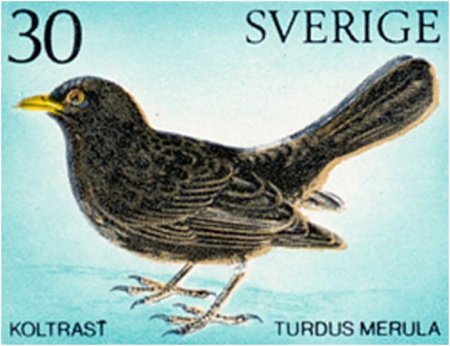
In the Middle Ages the blackbird was known by the distinctive old English name of the Ousel and it is a pity that this has become obsolete, though it may still be referred to as such in Scotland. The first recorded usage of blackbird was in 1486 and even though there are bigger black birds in Medieval England such as the Crow, Raven, Rook or Jackdaw, these were previously regarded as fowl so the Ouzel was simply the largest black bird at that time.
In A Midsummer Night’s Dream, Shakespeare describes the bird as ‘The Woosell cocke, so blacke of hew, With Orenge-tawny bill’.
In Scotland where linguistic relics of the old alliance with France still remain, the blackbird is sometimes known by its French name of le Merle. A Blackbird is el Mirlo in Spanish and il Merlo in Italian, all of which are from the Latin Merula by the way.
Merle is a traditional French name although not so popular now it seems and it certainly doesn’t feature in a current list of top one hundred (the most common French names are Marie for a girl and Thomas for a boy). Famous Merles have been the actress Merle Oberon and the US country singer Merle Haggard. One interesting piece of trivia is that there was a character in the film Godfather Part II, a lover of Connie Corleone, called Merle Johnson (Troy Donahue played the part).
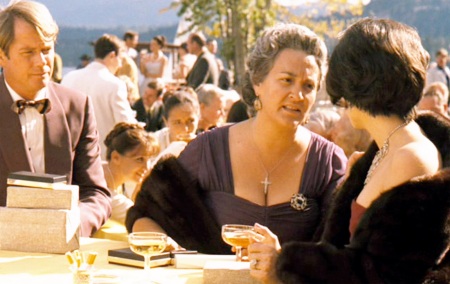
On the Fourth Day of Christmas My Truelove sent to me… “Four Colly Birds etc. etc.”
Yes, you read it correctly. Colly birds, not calling birds. So maybe we have been singing the song all wrong! It would seem that nobody knows for sure how we got from colly bird to calling bird, but some people think it is likely to be an Americanisation of the traditional verse; Colly is an Old English term for ‘black’ from the word ‘colliery’ meaning coal mine and colly birds refer to the common blackbird.
A common view is that ‘colly bird’ was a term specific to England and that England’s former colonies dropped the word in favour of ‘blackbirds.’ In fact, ‘colly birds’ have pretty much dropped out of the English language altogether today and, in this Christmas song, it has been completely replaced by the ‘calling bird’ in the US Australia, Canada and many other former English colonies.
Postage Stamp designers seem to know about this…
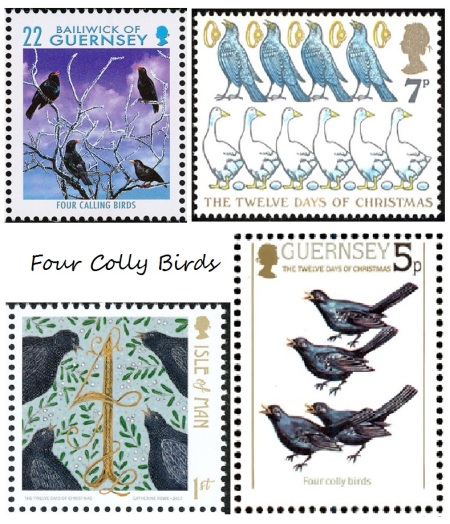
Which leaves the obvious question – why would someone send their lover four blackbirds? Perhaps this is the answer…
“Sing a song of sixpence,
A pocket full of rye.
Four and twenty blackbirds,
Baked in a pie.”

An interesting nursery ryme based on fact as it happens. From the Middle Ages to the Nineteenth Century blackbirds were sometimes used as a substitute meat to make a poor man’s pie. Rich people liked blackbird pie as well but with a bit of a twist. For amusement, after a pie was baked the live birds were placed under the pie crust and served at the table and when the pie was ‘opened’ the birds would escape and fly about the room for the entertainment of the guests.
To be honest I can’t help thinking that four and twenty blackbirds swooping about the room might become a bit of a distraction at a dinner party!
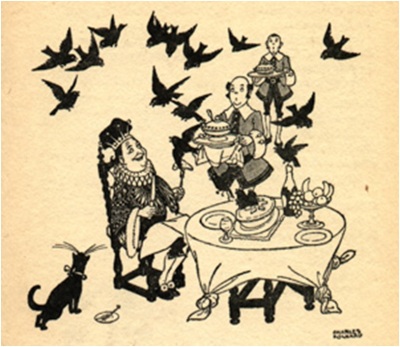
The concept of a Blackbird in a pie remains with us even now and I can remember my Mum having one of these pie funnels when I was a boy living at home…
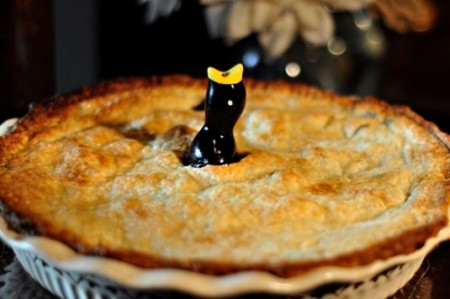
These days all wild birds in the UK are protected under the Wildlife and Countryside Act of 1981 so catching them to eat is against the law. It is however permissible to eat them if they have died and fallen into the back garden but as you are likely to need a lot of Blackbirds to make a reasonably sized pie it might take a very long time to collect enough of them unless there were to be a catastrophic incident that you could get enough in one go but then I would advise caution in considering eating them if ever such a grisly event happened!
I have saved my favourite and most unlikely blackbird story until the end.
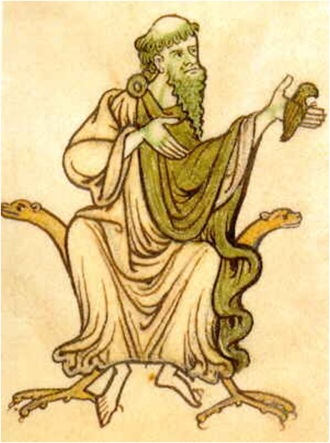
St Kevin of Glendalough (Ireland) is the Patron Saint of the Blackbird and according to legend this came about because one day he was praying with outstretched arms and a Blackbird landed in his hand, built a nest, laid eggs and St Glendalough sat there all the time in the same position until the eggs hatched and the birds were fledged and flew safely away.
A bit far-fetched do you think? I should say so. It takes a pair of Blackbirds about a week to build a nest, then they have to do the mating stuff, the eggs take on average fourteen days to hatch and it is then another fourteen days or so before the chicks are ready to leave. Call me a sceptic if you like but I find the story hard to believe because surely poor old St. Glendalogh would have had to have wriggled about a little bit and after six weeks or so that arm is going to be completely dead and useless. I can only hold a glass of wine for a few minutes before having to put it down!
I told you before about my Dad’s scrapbook of birds. This was his blackbird page…




